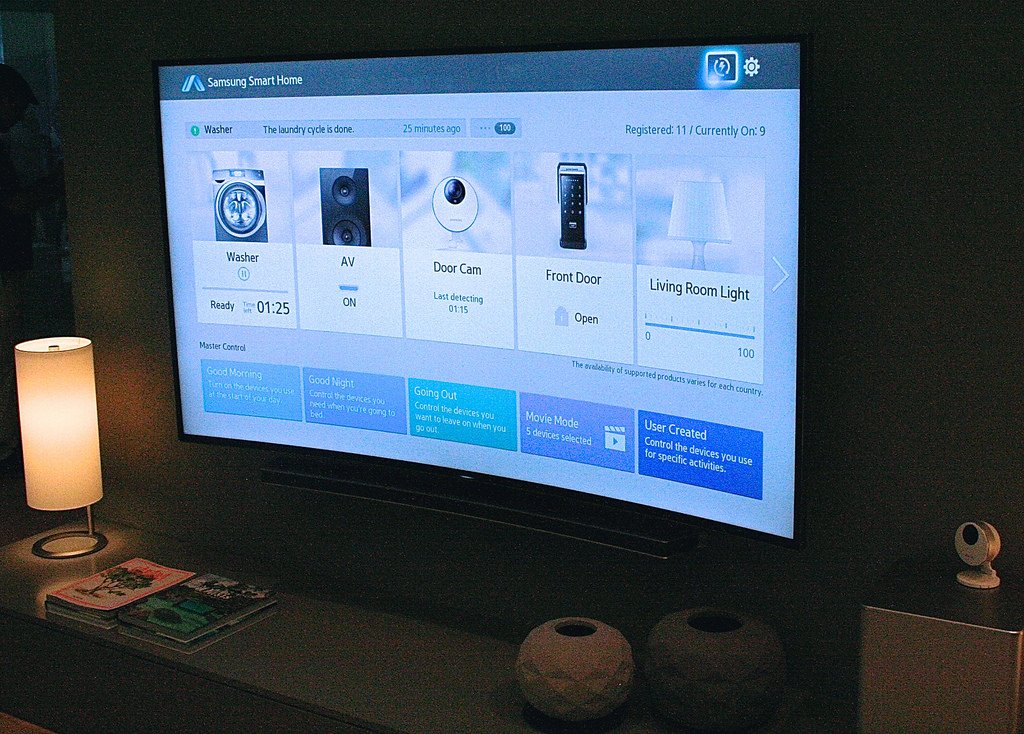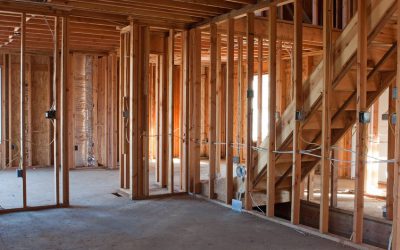A guide to smart home devices that can make your house safer, more efficient and more convenient
By Erik J. Martin
They say you’re only as smart as the company you keep – or the home you equip with smart technology, for that matter. Indeed, today’s homeowners are enhancing their abode’s IQ. With this in mind, they’re adding an increasing array of smart systems and devices designed to save money and provide greater convenience and peace of mind.
Consider that 46 percent of consumers recently polled by ERA Real Estate and HGTV revealed that it was important for their current or next residence to have smart home technology. Also 51 percent indicated they would consider implementing such equipment in their home to appeal to future buyers.
“More consumers are looking to smart home technology because it has the potential to increase savings, safety and resale value in their homes, giving them an edge in today’s competitive market,” says Charlie Young, president/CEO of ERA Real Estate. “We learned in our survey that most people who have smart home technology are focused on saving money through automated climate control, remote home monitoring, and lighting control systems.”
What Homeowners Want In Smart Technology
According to results of a study by IControl Networks published last April, the top five smart home capabilities that home owners desire today are:
1. Personal and family safety: smart connected fire and carbon monoxide alarms
2. Protecting personal property: smart security camera, alarm systems and connected locks
3. Improved energy management: smart thermostats and lighting systems
4. Remote monitoring of pets
5. Convenience: being able to control devices via smartphones and tablets
“Traditionally, smart home systems were very expensive and installed during the construction process to fully integrate the house,” says Ryan Thewes, a residential architect in Nashville. “But the smartphone really opened up the door for a large amount of products. They eventually started to bring the cost of smart home technology down and allowed installation in existing homes.”
Andy Prasky, a Realtor with RE/MAX Advantage Plus in Minneapolis, says many homebuyers and sellers he works with today value smart home entertainment features. “Wireless capabilities are popular, including systems like Sonos that let you stream sound from a receiver to wireless speakers around your home,” says Prasky.
Sean Williams, a St. Petersburg, Florida-based architect with OT9 Design, recommends considering these five smart home innovations. Each of them can be built into a new construction property or retrofitted into an existing home:
Wi-Fi/Learning Thermostat:
Examples: Nest, ecobee3, Honeywell Lyric
Benefits: Automatically will learn your climate preferences and schedule, program itself and is also smartphone-controllable.
Cost: $250 and up (not including installation).
Return on Investment: Can pay for itself in as early as three to six months.
Installation: DIY or pro
Efficient Lighting Control System:
Example: Philips’ hue, which includes LED lights, router-linked bridge device, and app/online portal
Benefits: Lights that last up to 50,000 hours, programs easily, and contributes little to no heat.
Cost: $200 and up
ROI: 12 months or longer
Installation: DIY or pro.
Wireless Deadbolt Door Lock:
Examples: Schlage Camelot Touchscreen, Kwikset Kevo
Benefits: Allows you to lock/unlock and custom program via your smartphone.
Cost: $200 and up.
ROI: No cost savings, but better security.
Installation: DIY or pro.
Whole-Home Automation System:
Examples: Wink, WeMo, or Revolv.
Benefits: Automate all your smart-enabled devices using one system via touchscreen/app/hub
Cost: $80 to $300+
ROI: 3 to 18 months, depending on energy usage.
Installation: Professional recommended.
Garage Door Opener with MyQ technology:
Examples: Chamberlain and LiftMaster offer MyQ openers
Benefits: Can open/close garage door from anywhere and text you a warning if you left the door open.
Cost: $250 and up
ROI: No cost savings, but better security.
Installation: DIY or pro.
Richard Soloway, CEO of NAPCO Security Technologies, a smart home app manufacturer headquartered in Amityville, New York, says it’s a good idea to choose devices that “talk” to each other and are compatible with previously installed equipment. “Homeowners who choose to invest in these systems should not have to rip out existing devices to integrate smart home technologies,” Soloway says.
*All cost estimates do not include professional installation
Want to automate your home project process? Find out how HomeOnTrack software can help with your next remodel!




